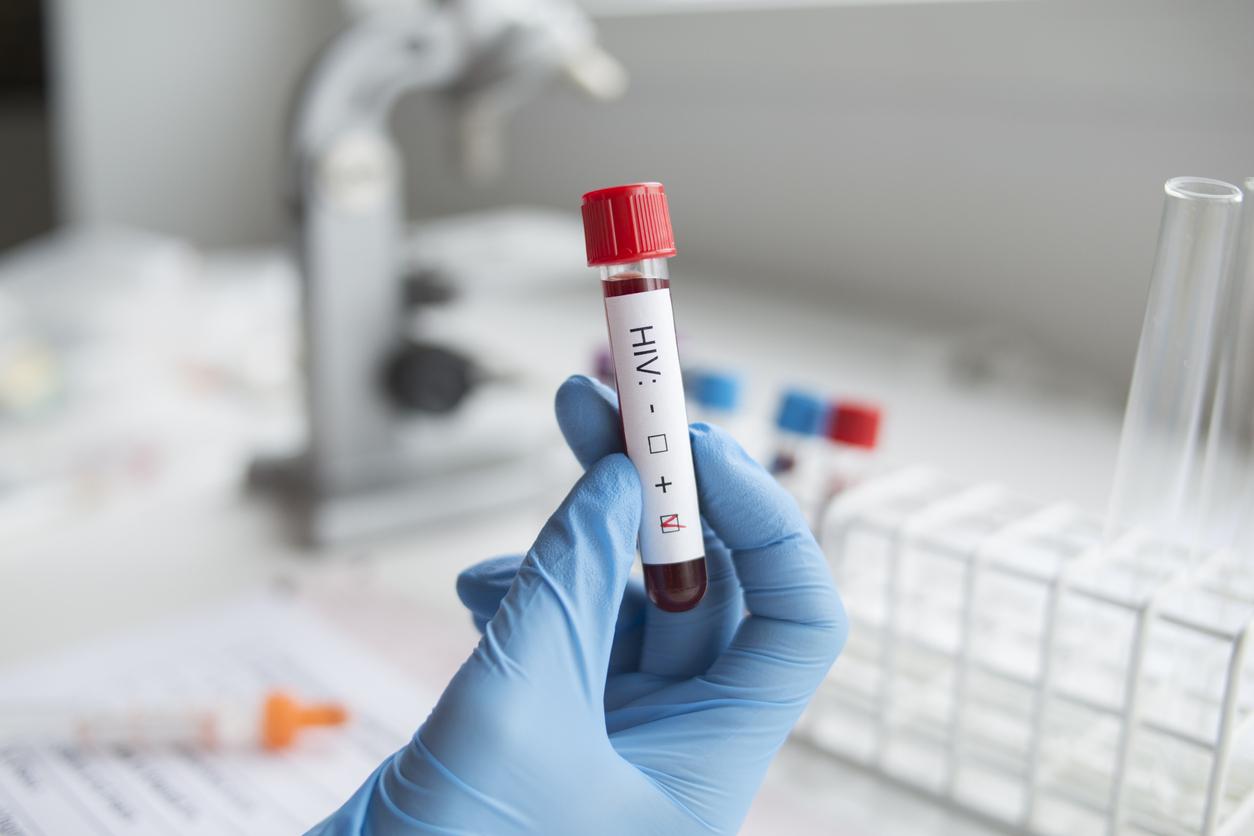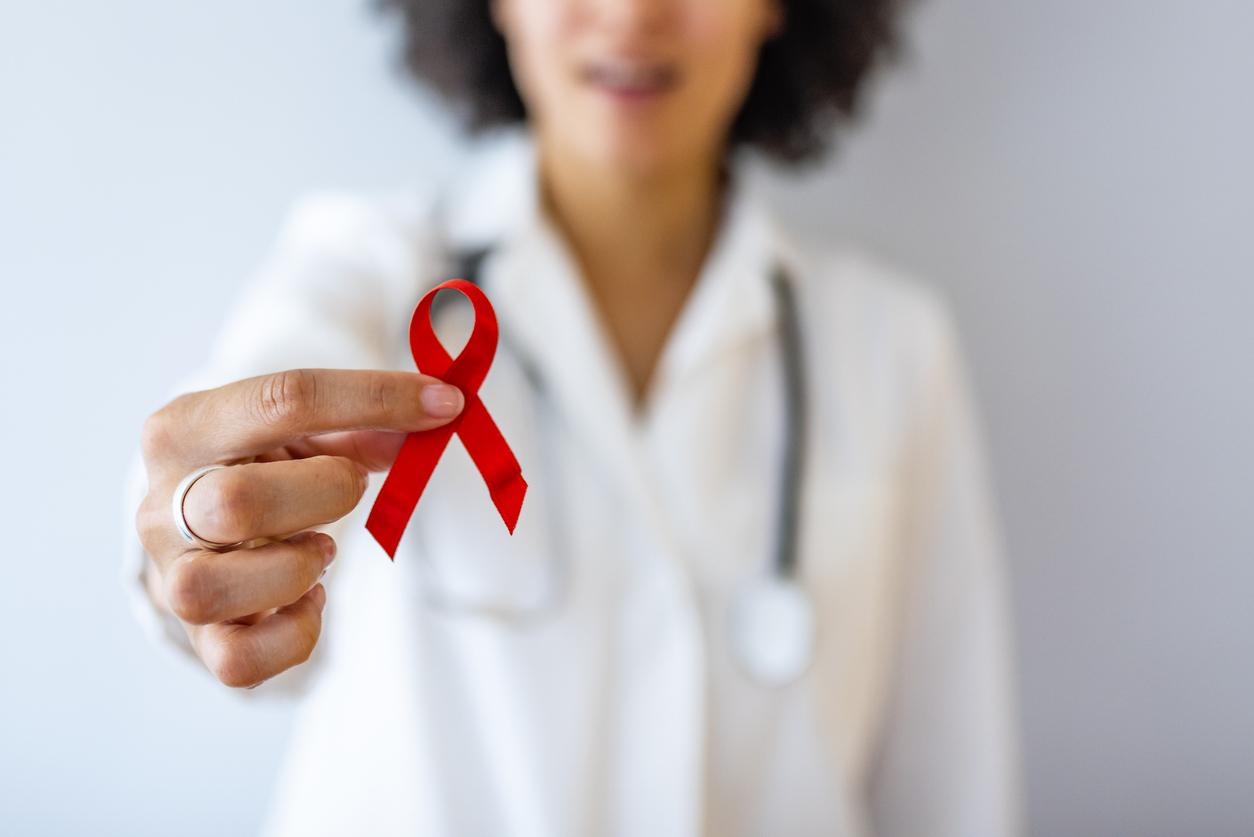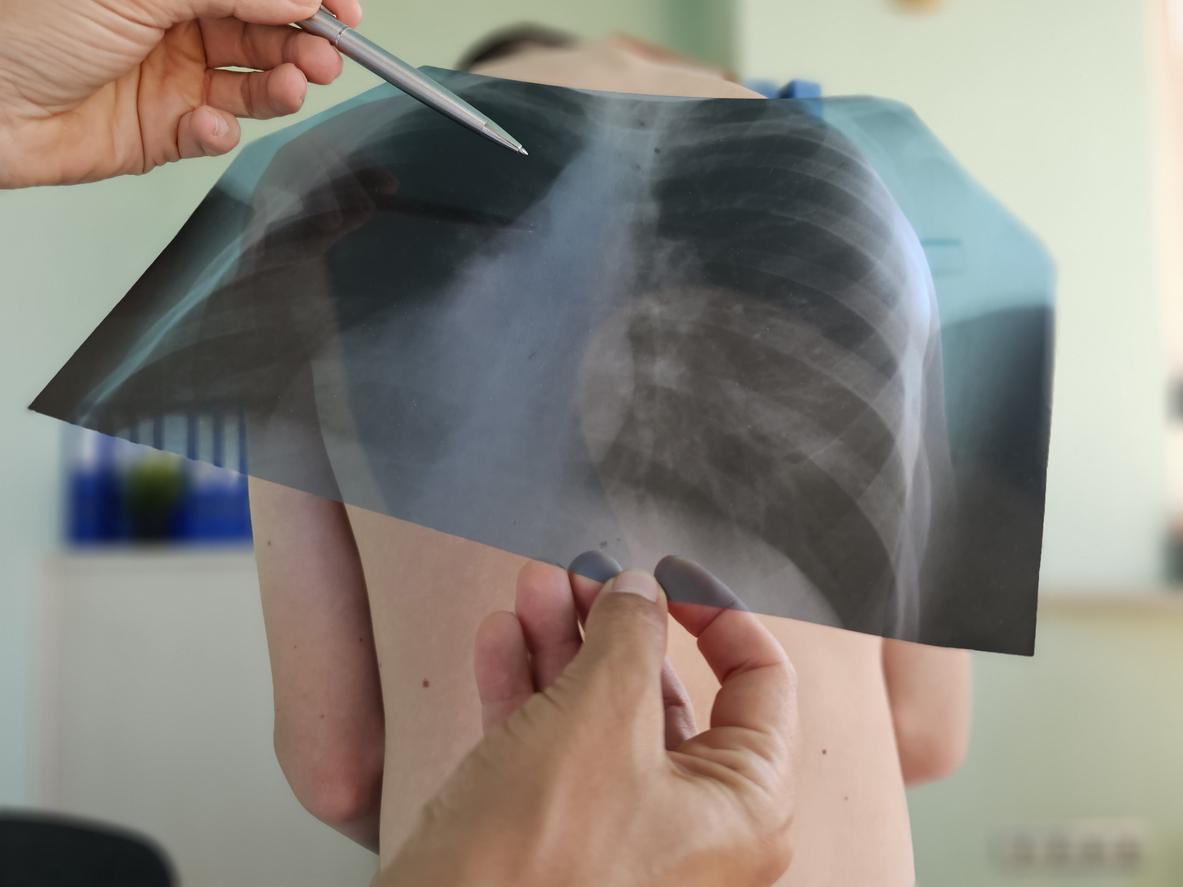
This new study was published in the scientific journal JAMA Network. American researchers analyzed the results of 54 studies carried out in more than 20 different countries.
Domestic transmission of Sars-Cov-2
Scientists have already shown that closed public places are hotbeds of coronavirus contamination. It is for this reason that when the virus circulates actively in the territory, restaurants, cafes or even sports halls are closed. The home is also a closed environment, in which the virus spreads frequently and rapidly. This is the conclusion of the researchers. Even if the circulation of the virus slows down, the foci remain ” important places of transmission ”, According to the study’s authors. Initial research had already revealed that more than half of people, or 53%, who lived with an individual suffering from Covid-19 could be infected. The research team from the Centers for Disease Control and Prevention, in the United States, had also noted that secondary infections appeared rapidly, within 5 days of the onset of the disease in the index patient (patient zero), for 75 % between them.
The conclusions of the analysis
The 54 studies included 77,758 participants. The “ secondary attack rate ”, Ie transmission of the virus to members of the same household, is estimated at 16.6%. This rate is higher than for the transmission of SARS (7.5%) and MERS (4.7%). Also, symptomatic patients are at greater risk of transmitting Covid-19 than those without symptoms. According to the results of the study, spouses are the most likely to spread the virus, for 37.8% of them. The risks of transmission are greater between adults (28.3%) than through contact children (16.8%). ” The results of this study suggest that households are and will continue to be important places of transmission, even where community transmission is reduced. “, According to the researchers. It is therefore essential to apply barrier gestures at home and to opt for “ prevention strategies, such as increasing the wearing of masks at home, improving ventilation, voluntary isolation in external facilities When possible.















